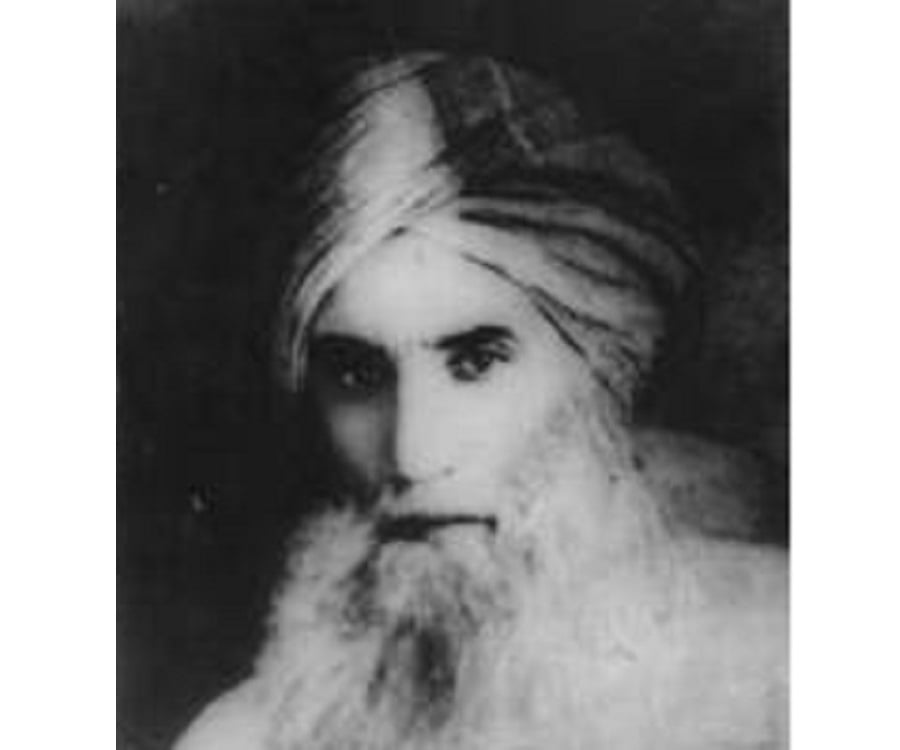
Nizamuddin Auliya Biography Childhood, Life Achievements & Timeline
Nizamuddin Auliya. Muhammad Nizamuddin Auliya (Urdu: سید محمد نظام الدین اولیاء; sometimes spelled Awliya; 1238 - 3 April 1325), also known as Hazrat Nizamuddin, and Mahbub-e-Ilahi (Urdu: lit. "Beloved of God") was an Indian Sunni Muslim scholar, Sufi saint of the Chishti Order, and is one of the most famous Sufis.
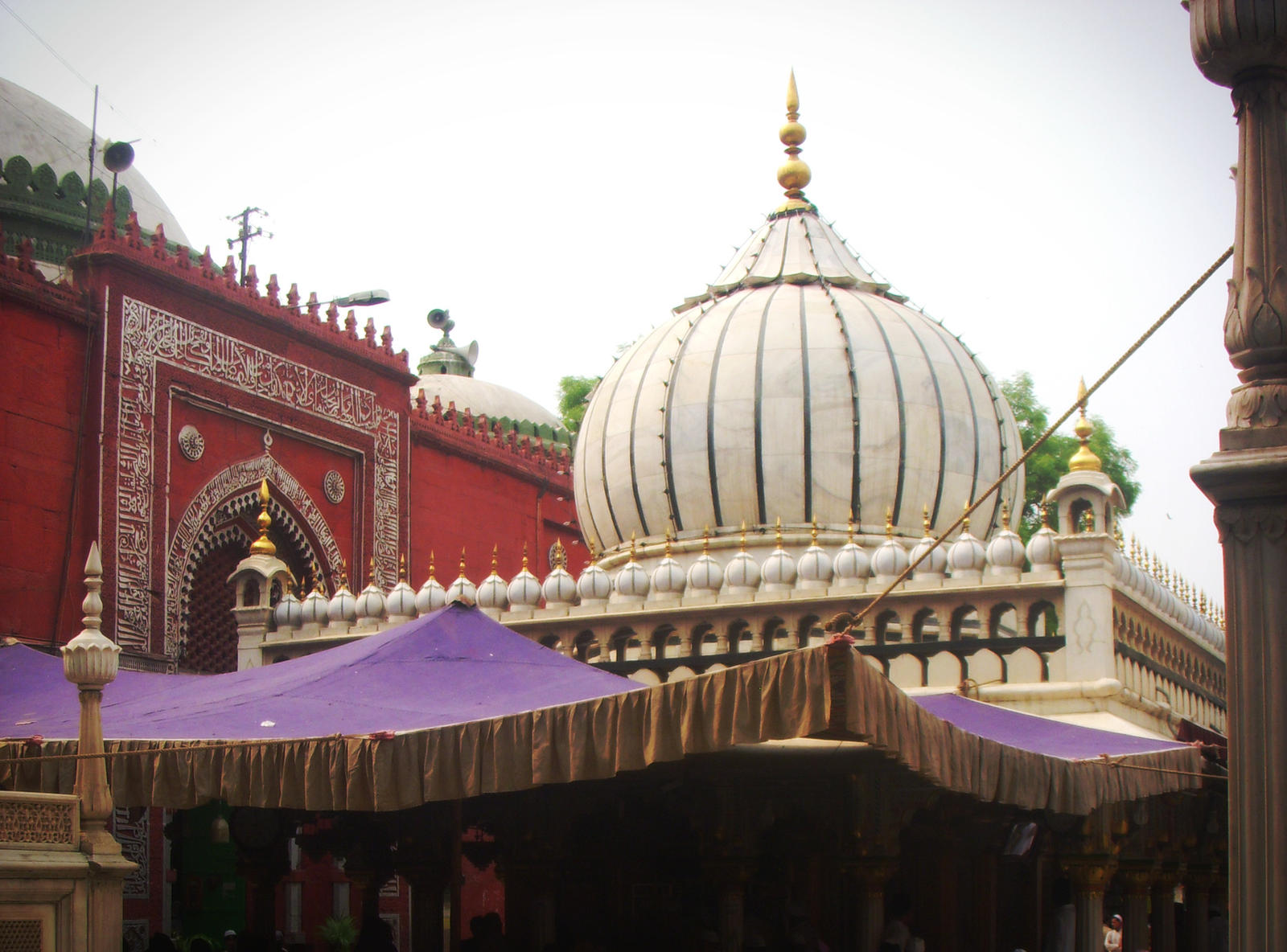
Nizamuddin Auliya by salmaniac on DeviantArt
Sultan-ul-Mashaikh, Mahbub-e-Ilahi, Sheikh Khwaja Syed Muhammad Nizamuddin Auliya (sometimes spelled Awliya; 1238 - 3 April 1325), also known as Hazrat Nizamuddin, and Mahbub-e-Ilahi ( lit. 'Beloved of God') was an Indian Sunni Muslim scholar, Sufi saint of the Chishti Order, and is one of the most famous Sufis from the Indian Subcontinent. [2]

Shrine Hazrat Nizamuddin Auliya Locally Known Editorial Stock Photo Stock Image Shutterstock
Born : 11 May 1238 | Badayun, Uttar pradesh Died : 01 Apr 1325 | Delhi, India Bibi Zuleikha's father, Khwaja Arab, was a man of riches in Bukhara when the Mongol Chinghiz Khan eyed the riches of the city. He sacked Bukhara, looted its wealth and murdered thousands.
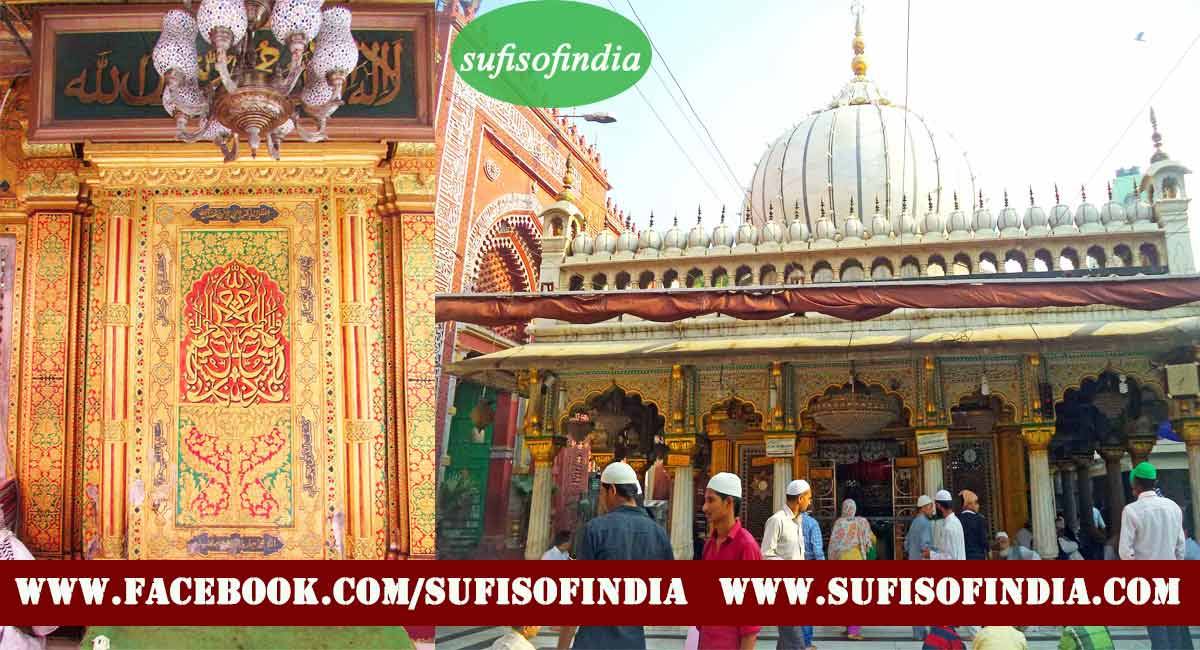
Hazrat Khwaja Nizamuddin Auliya Dargah Delhi
Enjoy Sufi poetry of Nizamuddin Auliya . Sufinama. Nizamuddin Auliya. 1238 - 1325 | Delhi, India.. Urdu poetry, urdu shayari, shayari in urdu, poetry in urdu. Rekhta Dictionary. A Trilingual Treasure of Urdu Words. Hindwi. World of Hindi language and literature. AAMOZISH. The best way to learn Urdu online.

Hazrat khwaja Nizamuddin AuliyaDelhi Sharif KGN Nizamuddin AuliyaHak Faride ye Faride
City News delhi News Who was Nizamuddin Auliya? Trending Covid Cases in India Delhi Coldwave Suchana Seth This story is from April 1, 2020 Who was Nizamuddin Auliya? TOI-Online / Apr 1, 2020, 10:21 IST Share AA Follow us Syed Muhammad Nizamuddin Auliya was one of the most famous Sufi saints from the Indian subcontinent region. Nizamuddin Dargah

At Nizamuddin Auliya’s Dargah, Basant is the Colour of Harmony
Read Ebooks of Hazrat Nizamuddin Auliya on Rekhta Ebook Library. You can search ebooks by poets and ebooks by name in search Box.
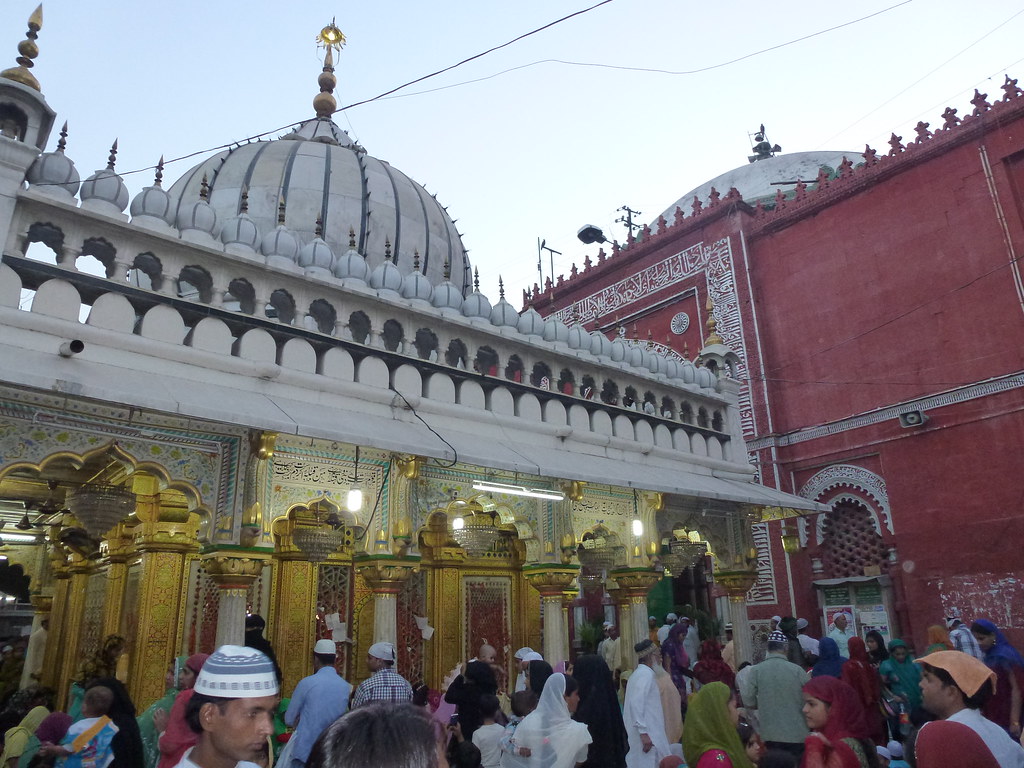
The dargah of Nizamuddin Auliya. Nizamuddin Auliya was a S… Flickr
Sufi Quotes 55 Sufi Quotes of Nizamuddin Auliya 309 Favorite Every visitor should be served something; if there is nothing to offer, a cup of water may be offered. One who serves becomes the master. Women are equally endowed with spiritual power and talent. They are equal to men in spiritual discipline.
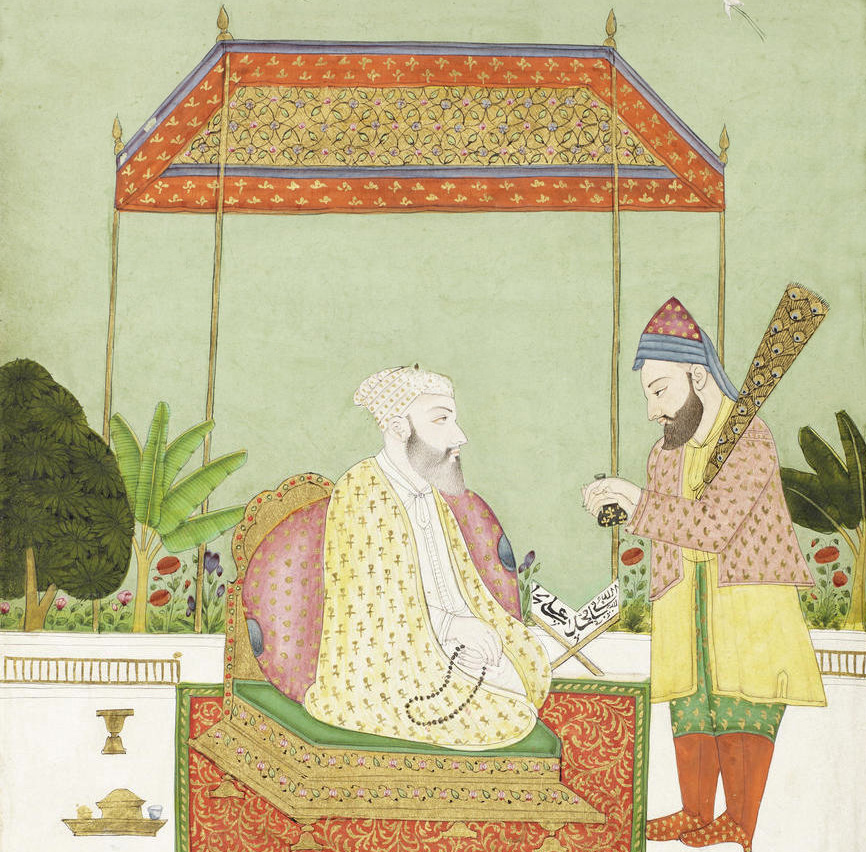
FATHER OF URDU LANGUAGE IN OUR REGION HAZRAT NIZAMUDDIN AULIA AND AMIR KHUSRO Chughtai's Art
Nizamuddin Auliya was the fourth Spiritual Successor (Khalifa) of Hazrat Khwaja Moinuddin Chishti of Ajmer. The Chishti order he belonged to believed in moving close to God through renunciation of the world and service to humanity, and Auliya, like his predecessors stressed on love as a means of realizing God. He was spiritually inclined from a.

Nizamuddin Auliya please visit in delhi YouTube
Home Node Nizamuddin INTRODUCTION Known today as Nizamuddin, this area derives its name from the shrine of Hazrat Nizamuddin Auliya, a sufi saint who lived here in the 13th century. It was under his patronage that this area developed as suburb that lay north of the capital of the Delhi sultans.

Nizamuddin Auliya by Raies Khan on Amazon Music Amazon.co.uk
Hazrat Shaikh Khwaja Syed Muhammad Nizamuddin Auliya (R.A) was the fourth Spiritual Successor (Khalifa) of Hazrat Khwaja Moinuddin Chishti (R.A) of Ajmer, the founder of the illustrious Order of Chishti saints in India. He was specially selected by his Pir-o-Murshid Hazrat Khwaja Fariduddin Ganjshakar (R.A) for this onerous responsibility on.
.jpg)
KHAWJA GARIB NAWAZ NIZAMUDDIN AULIYA
Best poetry articles about the Shayari blog, Best Sufi Shayari articles. Sufi poets' best collection and latest Sufi articles blog. Sufi blog.. 1319, the ulemas were getting more and more irritable. How could Nizamuddin Auliya dance and weep to Sama, just like his master Shaikh Farid? This issue of music had been boiling. The ulema wanted it.
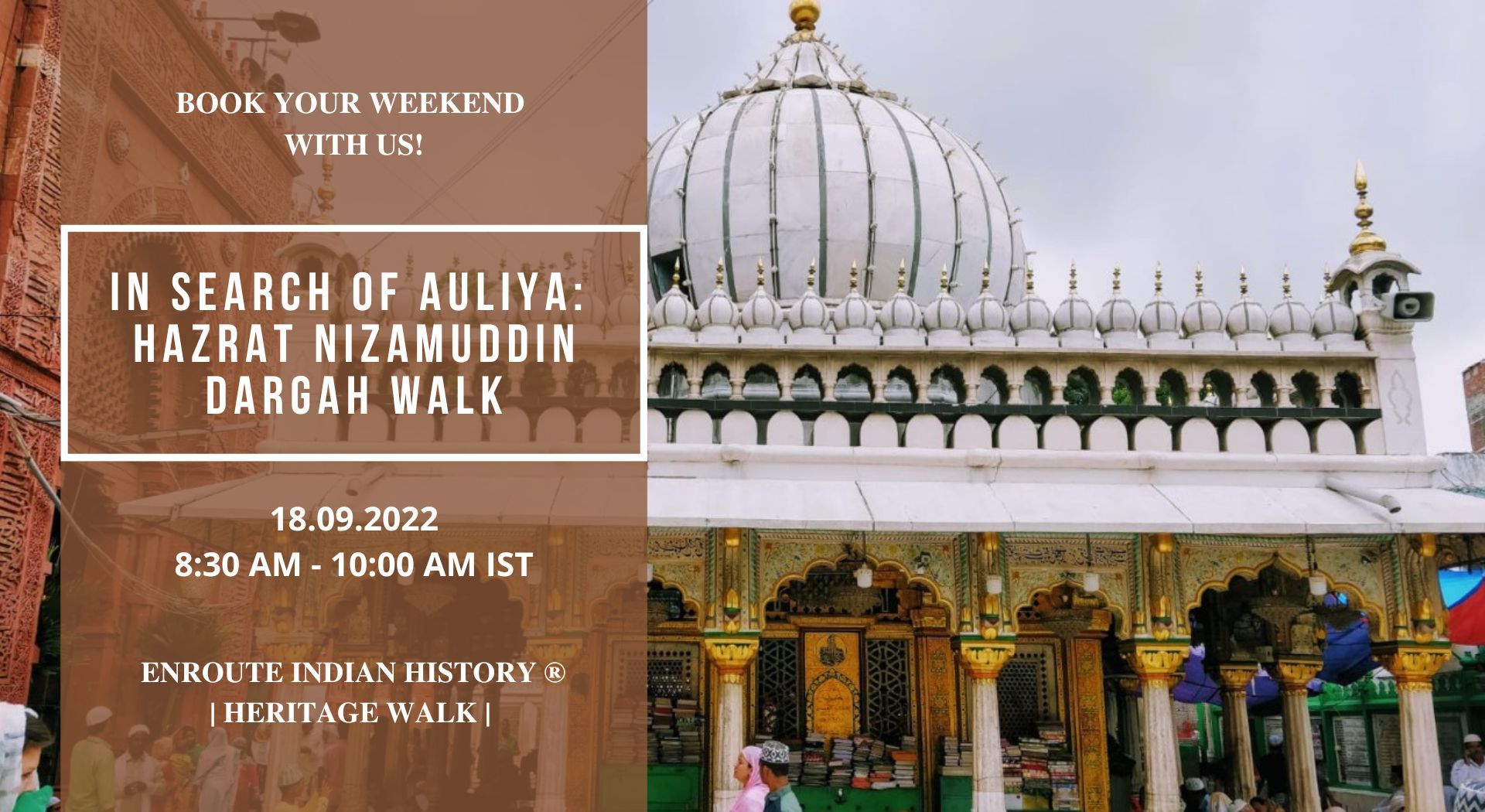
In Search Of Auliya Hazrat Nizamuddin Dargah Walk
Nizamuddin Auliya was Amir Khusro's soul. They were together in this world. They are together forever. Nizamuddin Auliya moved to Ghiyaspur and built his khanqah. This is the entrance to what was once a bustling home where the poor would find food and the troubled solace.

Was Amir Khusrau a Historian? Examining his Work in a Contemporary Framework Inquiries Journal
Nizamuddin Auliya Shayari fana Admin 01 Jan 2017 12:30:00 PM Nazm duniya mein koi shad koi dard-nak hai ya khush hai ya alam ke sabab sina-chaak hai har ek dam se jaan ka har-dam tapak hai napak tan palid najis ya ki pak hai jo khak se bana hai wo aakhir ko khak hai hai aadmi ki zat ka us ja bada zuhur le arsh ta-ba-farsh chamakta hai jis ka nur

Nizamuddin Auliya Dargah Of Qawwalis and Mannats
Khwaja Nizamuddin Auliya ALL available in Hindi, Urdu, and Roman scripts. Access to poetry videos, audios & Ebooks of Khwaja Nizamuddin Auliya. Sufinama.. urdu shayari, shayari in urdu, poetry in urdu. Rekhta Dictionary. A Trilingual Treasure of Urdu Words. Hindwi. World of Hindi language and literature. AAMOZISH. The best way to learn Urdu.
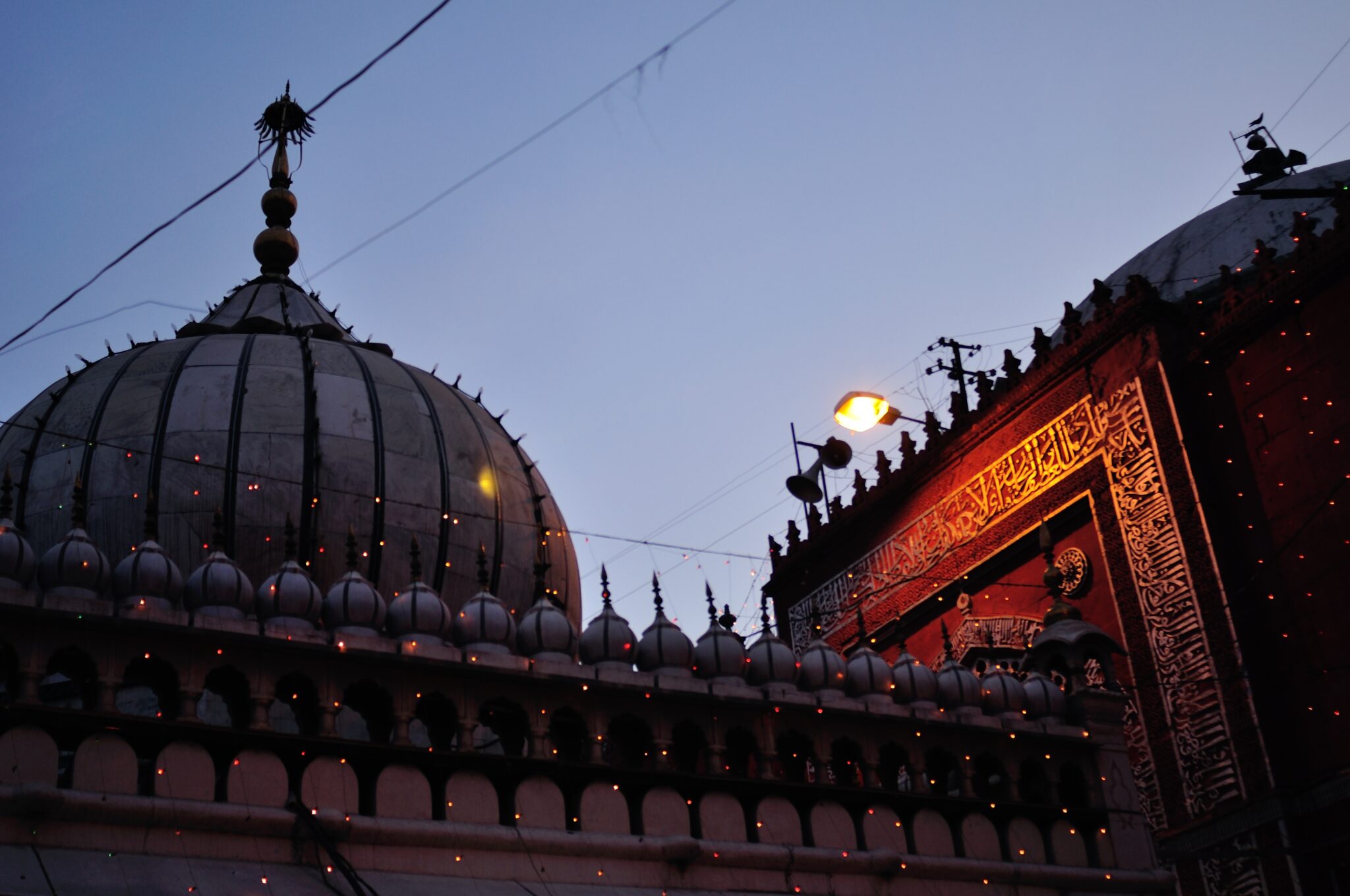
Baba Farid, Nizamuddin auliya and Amir Khusro sufi poetry Sufinama Blog Amir Khusrau
Nizamuddin Auliya Ko Koi Samjhaye is a famous Urdu Nazam written by a famous poet, Ameer Khusro. Nizamuddin Auliya Ko Koi Samjhaye comes under the Sufi, Friendship category of Urdu Nazam. You can read Nizamuddin Auliya Ko Koi Samjhaye on this page of UrduPoint. نظام الدین اولیا کو کوئی سمجھائے امیر خسرو Previous More Sufi Poetry Next Ameer Khusro

Hazrat Nizamuddin Auliya and Amir Khusrau through the lens of a young photographer Aalok Soni
Best poetry articles about the Shayari blog, Best Sufi Shayari articles. Sufi poets' best collection and latest Sufi articles blog. Sufi blog. Meher Murshed is the author of Song of The Dervish, a book that details the lives of Nizamuddin Auliya and Amir Khusro. It recounts true stories of why people, cutting across religion, visit.